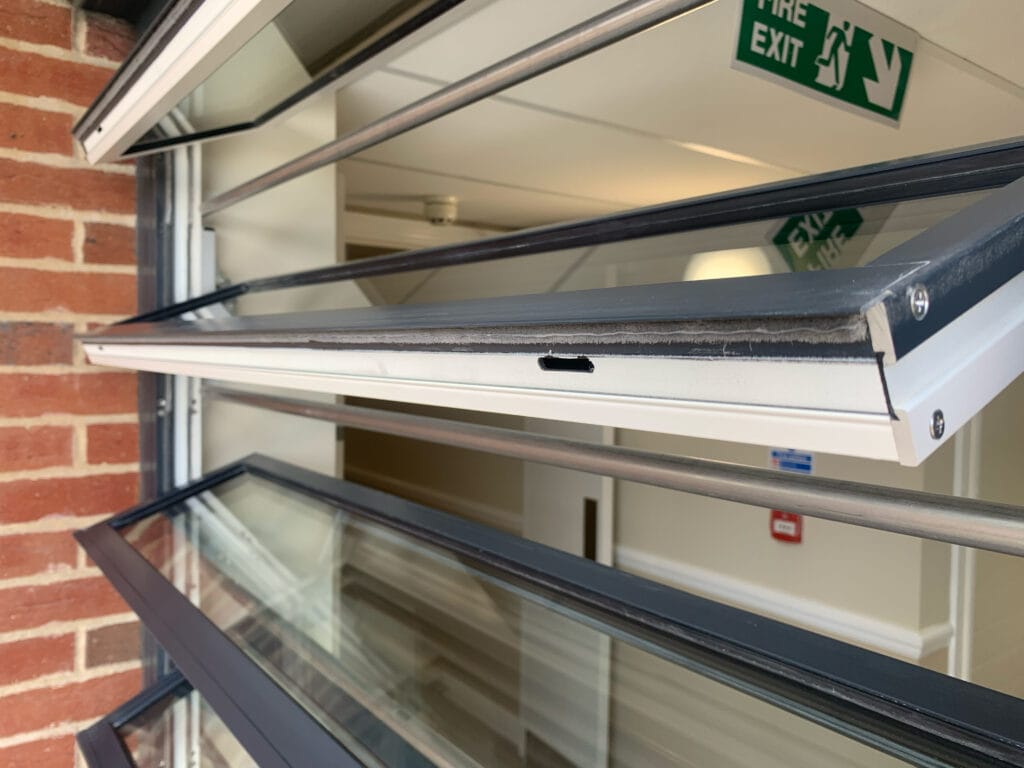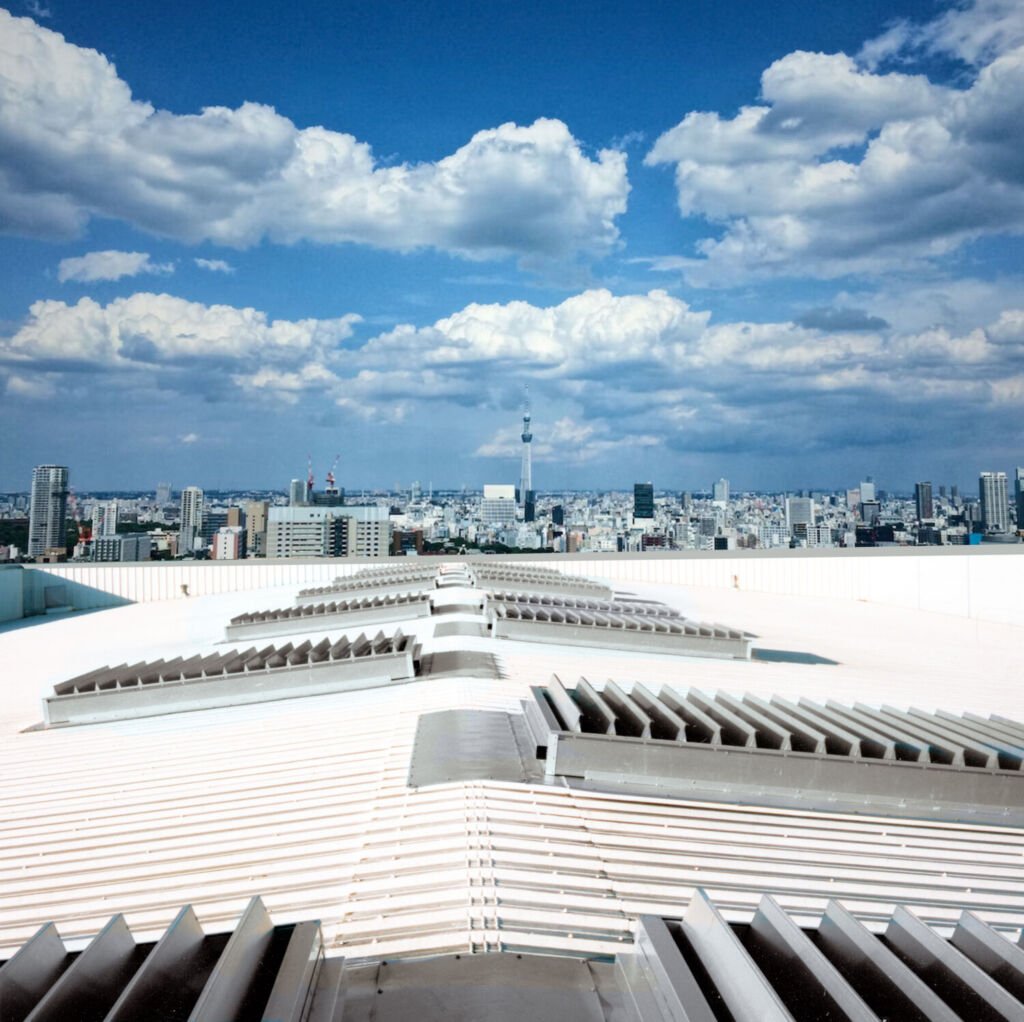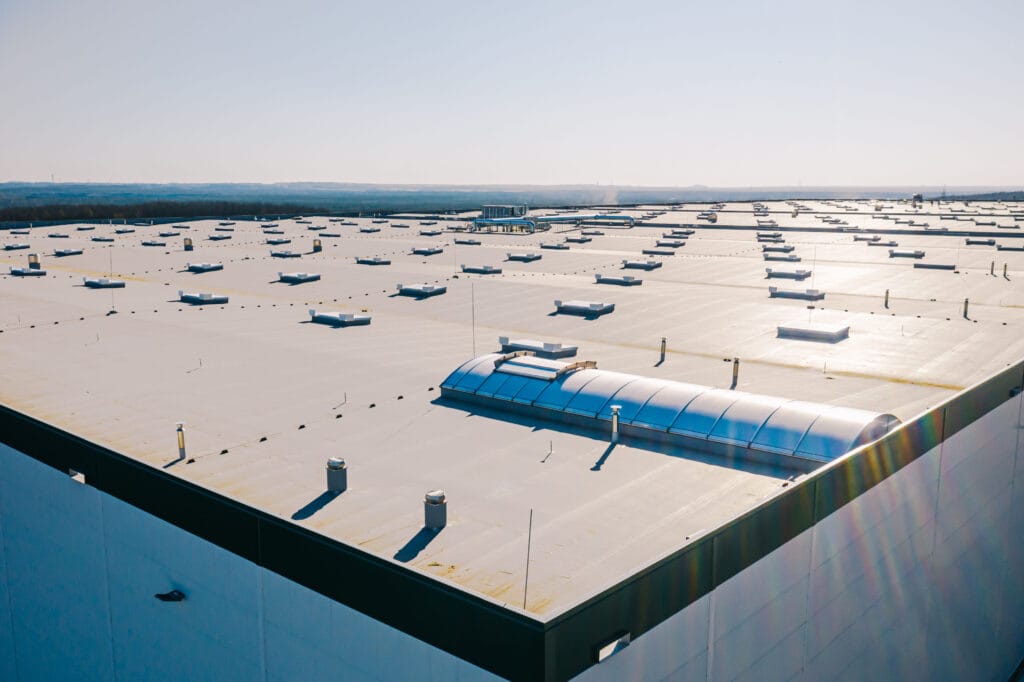As building standards in the UK continue to evolve, the focus on both energy performance and indoor air quality has never been stronger. For commercial and multi-residential buildings, achieving the right balance between ventilation and energy efficiency is essential for compliance with Part F (Ventilation) and Part L (Conservation of Fuel and Power) of the Building Regulations.
From a manufacturer’s perspective, the role of well-engineered natural ventilation products is central to helping specifiers, contractors, and facilities managers meet these obligations efficiently and reliably.
Part F – Providing Fresh Air and Removing Pollutants
Part F ensures that buildings have sufficient ventilation to maintain good indoor air quality and control excess moisture. For larger buildings such as offices, schools, and apartment blocks, this means:
Approved Document F recognises natural ventilation as a compliant approach — provided airflow is properly managed and maintained.
Part L – Saving Energy and Reducing Heat Loss
Part L focuses on the thermal efficiency of buildings. It sets targets for insulation, airtightness, and overall energy performance.
Ventilation has a direct impact on energy use: uncontrolled air leakage wastes heat, while inadequate ventilation leads to poor air quality and occupant discomfort. The challenge is achieving controlled airflow — allowing the building to “breathe” efficiently.
In modern airtight buildings, finding the right balance between meeting ventilation needs (Part F) and controlling heat loss (Part L) can be difficult.
That’s where engineered natural ventilation systems play a vital role. Products such as wall ventilators, window actuators, and roof openings can provide airflow on demand, maintaining air quality without constant mechanical energy use.

Background Ventilation
Wall or façade ventilators provide a continuous but controlled flow of outside air. These can be manually adjustable or automatically controlled, ensuring that minimum air quality standards are met while reducing unwanted heat loss.
Purge Ventilation
Motorised or manual openings — such as window actuators or roof vents — provide rapid air change when needed, for example after periods of high occupancy or in warmer weather.
Well-positioned openings use natural air movement and temperature differences to promote efficient air exchange across larger spaces like classrooms, corridors, and offices.
Hybrid Options
Many manufacturers also offer hybrid solutions that combine natural ventilation with mechanical assistance, ensuring performance even when weather conditions are unfavourable.

Effective natural ventilation helps meet both requirements simultaneously:
| Building Regulation | Objective | Natural Ventilation Benefit |
|---|---|---|
| Part F | Maintain air quality and remove pollutants | Provides steady, controllable airflow through purpose-built ventilators and openings. |
| Part L | Reduce heat loss and energy demand | Controlled airflow minimises infiltration losses and reduces reliance on powered systems. |
Commercial Buildings
Offices, schools, and healthcare settings benefit from systems that provide clean air circulation throughout the day, improving comfort and productivity while keeping energy use low.
Multi-Residential Developments
Communal corridors, stairwells, and shared spaces can maintain safe and comfortable conditions through background and purge ventilation, without adding complex mechanical plant.
Industrial and Mixed-Use Spaces
Natural ventilation products help control internal temperatures and pollutants, supporting both environmental performance and occupant wellbeing.

As a ventilation manufacturer, our role is to supply robust, tested, and compliant products that allow building professionals to meet their design and regulatory goals.
That includes:
We don’t design buildings — but we do ensure the products we supply perform as intended, helping projects achieve compliance with confidence.
Natural ventilation remains one of the simplest, most sustainable ways to achieve good air quality and reduce energy consumption. With the right products and planning, it’s possible to meet both Part F and Part L — creating buildings that are healthier, more efficient, and easier to maintain.
Manufacturers play an essential part in this process, ensuring that every ventilator, actuator, and control device supports compliance and long-term building performance.